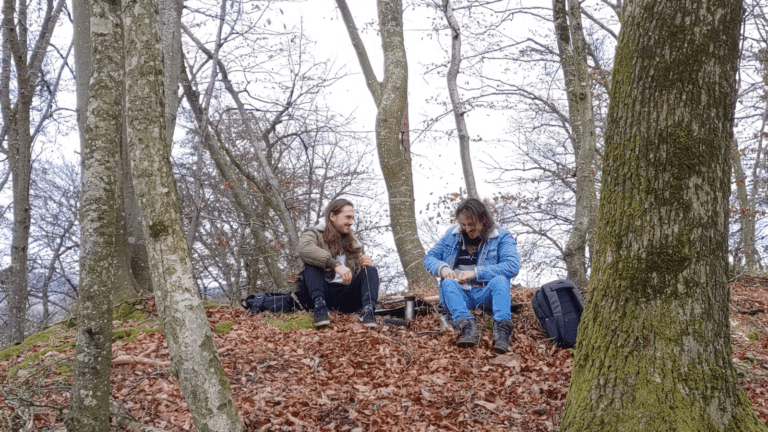Achieve your goals through routine
We've all been there: you decide to take on a new project, start jogging, read more or start meditating again. The problem with this, however, is that you only think that you could do all of this, but then usually don't put it into practice. But where does this discrepancy come from and how do we overcome it? We try to answer these questions in today's blog article.
Let's first take a look at why we like to choose or think up new projects so much if we don't end up putting them into practice anyway. On the one hand, undertaking new things can lead to a small feeling of success, because at least we have already made a plan and that is something. On the other hand, it can be because we are dissatisfied with the status quo and want to improve it. The problem here, however, is that the status quo will not change if we simply resolve to do something; nothing happens without taking action.
But what prevents us from moving from planning to action? There are various psychological and practical reasons that can prevent us from taking action despite our good intentions.
An important factor is the so-called comfort zone. Our comfort zone is the area in which we feel safe and at ease, where everything is familiar and predictable. Entering uncharted territory, be it a new project or a new habit, means leaving this comfort zone and exposing ourselves to uncertainty and possible failure. This fear of the unknown can have a paralyzing effect and prevent us from getting started in the first place.
Another point is being overwhelmed by the sheer size and complexity of the undertaking. For example, when we set out to jog regularly, we often think about the whole process: buying running shoes, planning a route, freeing up time in the calendar, etc. This multitude of tasks can overwhelm us and lead to us preferring not to deal with it at all.
This is where the role of motivation comes into play. Motivation is a complex interplay of internal and external incentives. Internal motivation, such as the desire for personal improvement or the pursuit of health, can often be more sustainable in the long term than external incentives, such as rewards or social recognition. However, it can also be helpful to use external sources of motivation to reinforce the initial impulse.
There are various strategies that we can use to make the step from anticipation to action:
- Concretize and break down goals: Instead of setting yourself a big, abstract goal, break it down into smaller, concrete steps. For example, don't just aim to "read more", but set a specific goal: "I will read 10 pages every night before going to bed".
- Establish routines: New habits are easier to implement if they are embedded in existing routines. For example, if you drink a cup of coffee every morning, you can use this time to integrate a short meditation session.
- Create liabilities: By making a commitment in front of others, for example in the form of a public goal or by joining a group, you increase the likelihood that you will stick to it. For example, you can join a running club or set up a reading group.
- Use positive reinforcement: Rewards for achieving small milestones can be very motivating. However, these rewards should be proportionate to the goal and not have a counterproductive effect.
- Practicing self-compassion: It is important not to judge yourself too harshly if you experience a setback or do not implement everything perfectly straight away. Setbacks are a natural part of the process and can be seen as learning opportunities.
- Designing the environment: A supportive environment can be crucial. This includes minimizing distractions and creating an environment that facilitates the desired behavior. If you want to read more, you can keep books to hand and set up a cozy reading space.
One particular technique that can help here is habit stacking. This involves linking a new habit directly to an existing habit. For example, if you already brush your teeth every morning, you can decide to do a short stretching program immediately afterwards. In this way, the new activity becomes a natural part of your routine.
The key to overcoming the discrepancy between intentions and implementation is to set specific, realistic goals, take a step-by-step approach and not put yourself under pressure. Above all, however, it is important to simply get started. In most cases, the fear of starting is much greater than the difficulty of actually getting started. With the right strategies and a little patience, anyone can develop new habits and maintain them in the long term. The path to a more fulfilling and productive life starts with the first small step and this is often closer than you think.







